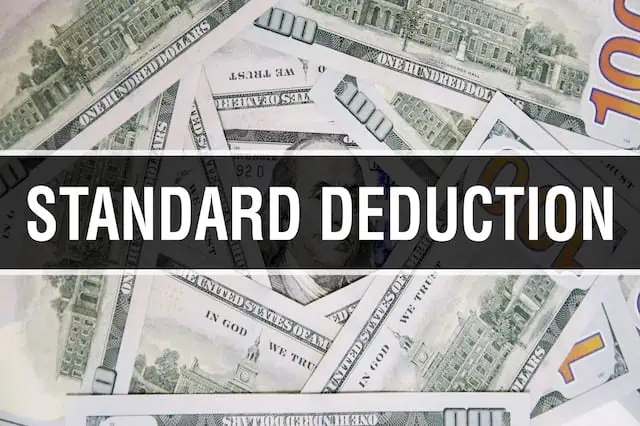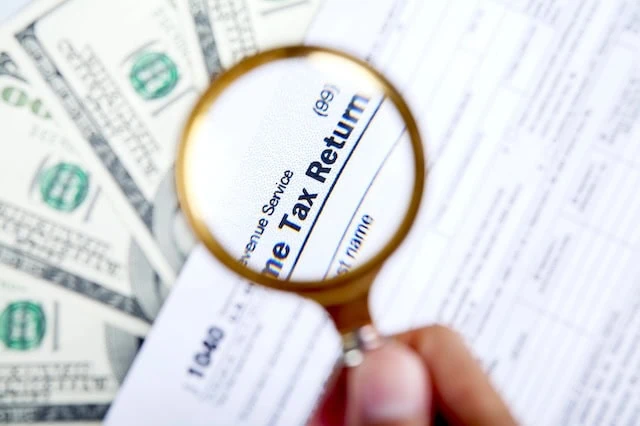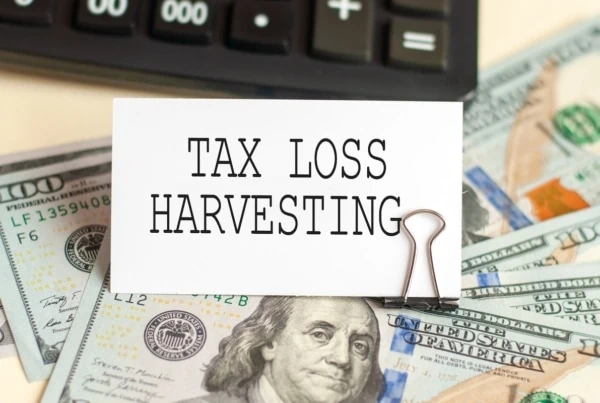While the “One Big Beautiful Bill” signed into law by President Trump on July 4 didn’t eliminate taxes on Social Security benefits (a promise Trump made on the campaign trail), it did provide a brand new tax deduction for seniors that will help many Social Security recipients.
But like all tax breaks in the federal tax code, the new “Senior Deduction” has its own set of eligibility requirements, limitations, and special rules. So, just because you’re retired, receiving Social Security, or above a certain age, it doesn’t necessarily mean you can claim the deduction (or the full amount).
To bring you up to speed on how this new tax break works, here are eight things you need to know about the Senior Deduction.
1. You Have to Be at Least 65 Years Old to Claim the Senior Deduction

Only people who are 65 or older can claim the Senior Deduction. It doesn’t matter if you retire or start taking Social Security before your 65th birthday—you won’t qualify for the deduction until you turn 65. However, if you turn 65 at any point during the year, you can claim the deduction when you file your tax return for that year.
If you’re married and your spouse is also 65 or older, both you and your spouse can claim the Senior Deduction on a joint return. If you’re at least 65, but your spouse isn’t, you can still claim the deduction for yourself (but not for your spouse).
Do you want to get serious about saving and planning for retirement? Sign up for Retire With Riley, Young and the Invested’s free retirement planning newsletter.
2. You Must Have a Social Security Number to Claim the Senior Deduction

You must also have a Social Security number to claim the Senior Deduction. An individual taxpayer identification number (ITIN) issued by the IRS isn’t good enough.
A spouse claiming the Senior Deduction on a joint return must have a Social Security number, too.
You also have to include your Social Security number on your tax return—ditto for a spouse claiming their own deduction on a joint return.
3. The Senior Deduction Can Be Up to $6,000 … Or It Could Be $0

The Senior Deduction can be as high as $6,000 ($12,000 for married couples filing jointly)—but you won’t be able to deduct that much if your income is above a certain amount. In fact, if your income is too high, you won’t be able to claim the deduction at all.
All qualified seniors start with a $6,000 deduction. If you’re married and filing a joint return, both you and your spouse start with a $6,000 deduction, for a total of $12,000.
However, if your “modified adjusted gross income” (MAGI) is more than $75,000 ($150,000 if you’re filing a joint return), then your $6,000 deduction is reduced by 6¢ for every dollar of MAGI over the applicable threshold. For purposes of this deduction, MAGI is equal to the adjusted gross income reported on your tax return, plus any:
- foreign earned income or housing excluded from taxation
- income excluded from taxation for residents of Guam, American Samoa, the Northern Mariana Islands, or Puerto Rico
Example: Suzanne is 80 years old and single. Her MAGI for the year is $90,000, which is $15,000 over the phase-out threshold for single taxpayers ($90,000 – $75,000 = $15,000). As a result, her deduction is reduced by $900 ($15,000 x .06 = $900). So, her Senior Deduction for the year is $5,100 ($6,000 – $900 = $5,100).
The $6,000 deduction is reduced all the way to $0 when your MAGI reaches $175,000 ($250,000 for joint filers).
Related: Are RMDs Required If You’re Still Working?
4. You Can Claim the Senior Deduction Whether You Itemize or Take the Standard Deduction

You can claim itemized deductions or the standard deduction on your tax return—but you can’t claim both. However, eligible seniors can claim the Senior Deduction regardless of which option they choose.
For the 2025 tax year, the standard deduction is worth $15,750 for single filers and $31,500 for joint filers. However, taxpayers 65 and over can also claim an “additional” standard deduction, which is worth $1,600 per person for 2025 if you’re married, or $2,000 if you’re single and not filing as a “surviving spouse.” The additional amount isn’t impacted by the new Senior Deduction, so qualifying seniors can take advantage of both tax breaks!
Related: 11 Ways to Avoid Taxes on Social Security Benefits
5. Married People Must File a Joint Return to Claim the Senior Deduction

If you’re married, you must file a joint tax return if you want to claim the Senior Deduction. If you and your spouse file separate returns, neither one of you can take the deduction.
This sort of restriction is actually fairly common. For instance, married couples generally have to file a joint return to claim the following tax breaks on their federal income tax return:
- Adoption credit
- American Opportunity credit
- Child and dependent care credit
- Credit for the elderly or disabled
- Earned income credit
- Lifetime Learning credit
- Premium tax credit
- Student loan interest deduction
This is one of the main reasons why it’s usually better for married people to file a joint return instead of separate returns.
Related: Best States for Retirees Who Want to Avoid Taxes
6. Your Tax Bill Won’t Go Down in an Amount Equal to Your Senior Deduction

If you claim a $6,000 tax credit, your tax bill will generally be reduced by $6,000. That’s because credits reduce the tax you owe on a dollar-for-dollar basis.
But tax deductions—like the Senior Deduction—don’t work that way. Instead, they merely lower your taxable income. Once you know your taxable income, the tax brackets and corresponding tax rates are used to calculate the amount of tax owed on that amount (which can then be reduced by a tax credit).
As a result, your actual tax savings from a deduction depend on the tax rate associated with your tax bracket. For example, if you’re in the 22% tax bracket, your tax savings will generally equal 22% of your deduction amount.
Example: Cheri is 68 years old and single at the end of 2025. Both her adjusted gross income and MAGI for the 2025 tax year is $65,750, so she qualifies for the full Senior Deduction. Based on her age and filing status, she also claims a $15,750 standard deduction, plus a $2,000 “additional” standard deduction, on her 2025 tax return. As a result, her 2025 taxable income is $42,000 ($65,750 – $6,000 – $15,750 – $2,000 = $42,000). That puts her in the 12% bracket. As a result, the Senior Deduction reduces the tax Cheri owes by $720 ($6,000 x .12 = $720)—not by $6,000.
Related: How Is Your Retirement Income Taxed?
7. You Can Claim the Senior Deduction on Next Year’s Tax Return

The new Senior Deduction is available starting with the 2025 tax year. So, if you qualify, you can claim it on the federal income tax return that you’ll file next year.
Your 2025 tax return will be due on April 15, 2026. If you can’t file by that date, you can request an automatic six-month tax filing extension, which will push the due date to Oct. 15, 2026 (however, you still must pay any tax due by April 15 to avoid penalties and interest). Your ability to claim the Senior Deduction is not affected by an extension.
Related: How Can I Lower My Taxes in Retirement?
8. The Senior Deduction Is Only Temporary

Unfortunately, the Senior Deduction is only available through the 2028 tax year. So, as it stands right now, eligible seniors have just four years to claim it (2025 to 2028 tax years).
There’s always a chance the deduction will be extended past 2028 or even made permanent. However, whether that happens will likely depend on who controls Congress and/or the White House after the 2028 elections.
- “Can I retire yet?” Stop guessing. Start planning.
- Subscribe to Retire With Riley: a FREE weekly retirement planning newsletter.
- Riley Adams, CPA, is a financial advisor who can help you turn retirement dreams into reality.
- Written by Riley Adams, CPA, a fiduciary financial advisor
- Edited by Kyle Woodley, Editor-in-Chief of YATI Media, LLC, former Senior Investing Editor, Kiplinger.com and Managing Editor, InvestorPlace
- Free retirement planning information
- Covers a broad range of topics with expert insights, data, and details
- Weekly, digestible email written in accessible language
Copyright © 2025 by Rocky Mengle. All rights reserved. Used with permission.









